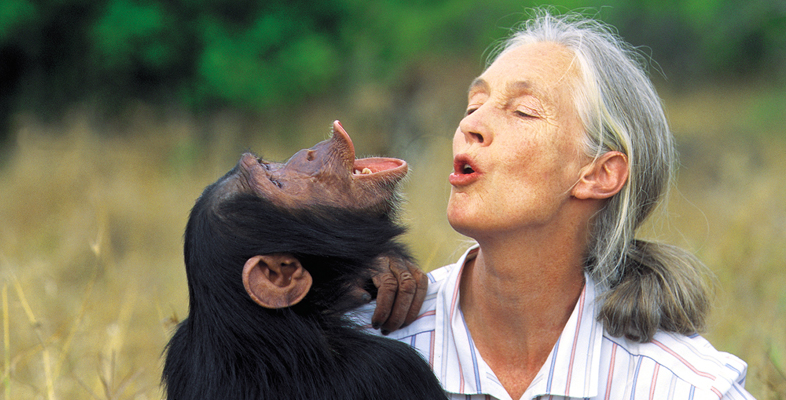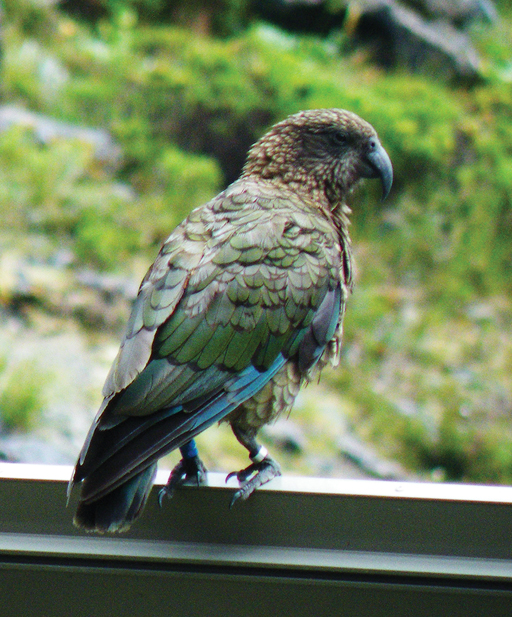5.1 Animal problem-solving: using tools
From the earliest, most primitive stick or piece of rock, to the most sophisticated supercomputer or jet aircraft of modern times, humans have been using tools to solve problems since prehistoric times.
Given the advantages of using tools, it is perhaps surprising that it's not more common for animals to use them. There are examples of tool use by other species: some otters use stones to break open shellfish; some monkeys do the same to break open nuts; and some chimpanzees ‘fish’ for termites with sticks (Emery and Clayton, 2009). But it appears to be a general pattern that all humans use tools and most other species do not. Is this because animal minds do not have the capability to use tools? Tool use does, after all, involve a number of aspects of executive function, including: working out what a tool can be used for; planning how to use it; and remembering what the tool has managed to do (and failed to do) before.
While other species may not have the same degree of neocortical development and executive function as humans, are they able to use tools to solve problems to some extent?
There is evidence that the nearest evolutionary neighbours of humans, the other great apes (gorillas, chimpanzees, bonobos and orangutans), are able to solve problems using tools. A typical laboratory experiment involves putting food into an apparatus where the animal cannot reach it using their bodies alone, e.g. if testing chimpanzees, the apparatus will prevent the chimpanzees from reaching the food with their fingers. Tools, such as sticks of varying lengths or shapes, are left near the apparatus that will, if used correctly, allow the animal to access the food. Visalberghi and colleagues (1995) showed that a variety of primate species could solve such problems, but great apes were better than other primates (monkeys) at selecting the best tools, and adapting tools to the needs of the task.
But possibly the best non-human tool users are, perhaps surprisingly, to be found in species without a neocortex: birds. Emery and Clayton (2009) and Seed and Byrne (2010) give examples of a number of bird species with impressive tool-using and problem-solving abilities, including crows, jays and finches. One of the star species, though, is the New Zealand kea (Figure 8).
Keas have been shown to solve a fairly simple problem (where food is obtained by hauling up a string) on the first attempt − suggesting they had mentally worked out the solution before starting the task, rather than by trial and error (Werdenich and Huber, 2006). They have also been shown to solve ‘second-order’ tool-use tasks, where one tool must be used to acquire or adapt another, in order to then complete the task (Auersperg et al., 2010), and there is evidence that they can learn from observing other keas performing a problem-solving task (Huber et al., 2001). As well as being able to solve problems as individuals, keas have been shown to collaborate to solve problems too (Tebbich et al., 1996).

